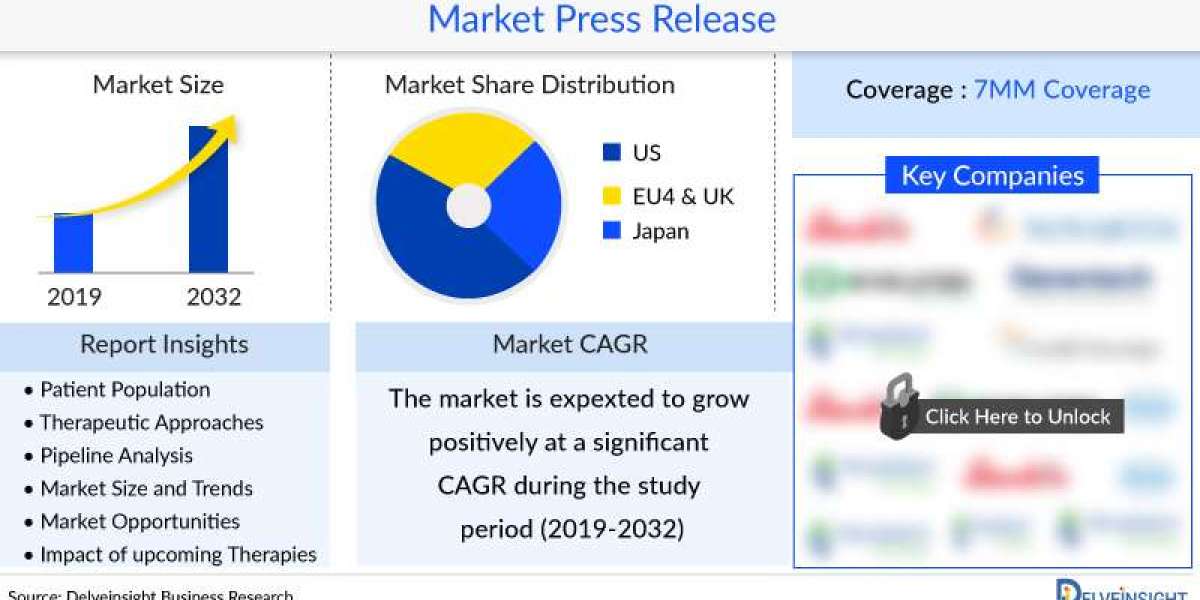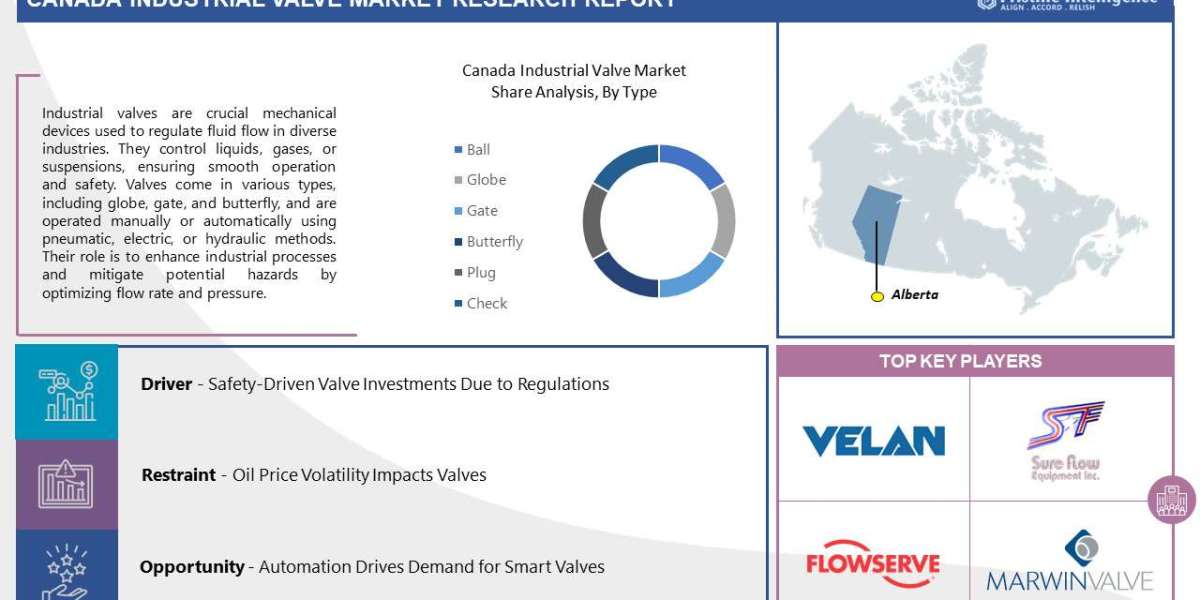This article delves into the market insights, epidemiology, and market forecast for B-cell non-Hodgkin lymphoma through 2032, highlighting trends in treatment, advancements in diagnostic techniques, and emerging therapies that are expected to drive market growth.
B-Cell Non-Hodgkin Lymphoma Market Insights
Growing Incidence and Prevalence: The global incidence of B-cell NHL is on the rise, especially in developed countries where the aging population and lifestyle factors, such as immunosuppression and exposure to environmental factors, contribute to the increased risk. The rise in cases is contributing to higher demand for effective treatments and early diagnostic solutions, thereby driving the growth of the B-cell NHL market.
Diverse Treatment Landscape: Treatment for B-cell non-Hodgkin lymphoma typically involves chemotherapy, radiation therapy, immunotherapy, and targeted therapies. The introduction of monoclonal antibodies like rituximab and obinutuzumab has significantly improved outcomes for patients with B-NHL, and these therapies remain the backbone of treatment. The development of CAR-T cell therapies (chimeric antigen receptor T-cell therapies) and bispecific antibodies is also transforming the treatment approach, particularly for refractory and relapsed cases.
Immuno-Oncology Revolution: Immunotherapy has emerged as one of the most promising fields in oncology. CAR-T cell therapy has shown remarkable success in the treatment of relapsed or refractory B-cell NHL, offering durable responses where traditional therapies have failed. Approved CAR-T therapies, such as Kymriah and Yescarta, are being increasingly used in the treatment of B-NHL, and several other CAR-T therapies are in development. These therapies are expected to further drive the B-NHL treatment landscape and market growth.
Targeted Therapy: Beyond immunotherapies, targeted therapies have also shown efficacy in treating B-cell NHL. BTK inhibitors like ibrutinib, acalbrutinib, and zanubrutinib have revolutionized the treatment of certain B-NHL subtypes, particularly chronic lymphocytic leukemia (CLL) and mantle cell lymphoma. These therapies target specific proteins that promote the growth of cancer cells, leading to improved patient outcomes with fewer side effects compared to conventional chemotherapy.
Emerging Therapies: The development of new agents and combination therapies is expected to accelerate growth in the B-cell NHL market. Bispecific antibodies and checkpoint inhibitors are gaining traction as promising treatments, especially in patients with relapsed or refractory diseases. Agents like mosunetuzumab and epcoritamab are showing strong clinical potential in early-stage trials.
Personalized Treatment Approaches: There is a growing emphasis on personalized medicine, where the treatment approach is tailored to the patient’s specific disease subtype and genetic profile. Genomic sequencing and other diagnostic tools are being used to identify the most appropriate treatment options, ensuring a higher likelihood of successful outcomes. The rise of precision oncology is expected to play a significant role in shaping the future of B-cell NHL treatment.
Request for sample report @ B-Cell Non-Hodgkin Lymphoma Market
B-Cell Non-Hodgkin Lymphoma Epidemiology
Prevalence and Demographics: According to the American Cancer Society, approximately 74,000 new cases of non-Hodgkin lymphoma are diagnosed annually in the United States, with B-cell NHL accounting for a significant proportion of these cases. The disease predominantly affects older adults, with the median age at diagnosis being around 65 years. However, younger individuals can also develop B-cell NHL, particularly certain subtypes such as DLBCL and mantle cell lymphoma.
Geographic Variations: The incidence of B-cell NHL varies globally, with higher rates reported in North America and Europe, and lower rates in regions such as Asia and Africa. Factors like genetic predisposition, environmental exposures, and healthcare infrastructure contribute to these geographic differences.
Risk Factors: Known risk factors for developing B-cell NHL include age, gender (men are more commonly affected than women), family history, autoimmune diseases, and exposure to certain chemicals or viruses (such as the Epstein-Barr virus). Understanding these risk factors plays a crucial role in the development of screening programs and targeted therapies.
Request for sample report @ B-Cell Non-Hodgkin Lymphoma Market
B-Cell Non-Hodgkin Lymphoma Market Forecast to 2032
The B-cell non-Hodgkin lymphoma market is expected to witness significant growth in the coming years, driven by the increasing incidence of the disease, the emergence of new therapies, and the growing emphasis on personalized and precision medicine. The market is projected to grow at a CAGR of 7-9% through 2032, with innovative therapies, especially CAR-T and bispecific antibodies, leading the charge.
The global market size for B-cell NHL therapies is expected to reach USD 20-25 billion by 2032. The primary growth drivers include the launch of novel immunotherapies, the increasing use of targeted therapies, the ongoing development of combination treatments, and the growing adoption of personalized approaches to treatment.
Key Market Players: Several pharmaceutical companies are competing in the B-cell NHL market, with leading players including:
Roche (Genentech): Known for its rituximab and obinutuzumab products, which are widely used in the treatment of B-cell NHL.
Gilead Sciences: With its Yescarta and Kymriah, Gilead is a leader in the CAR-T cell therapy space.
Novartis: A significant player in the CAR-T therapy market with its Kymriah therapy for B-NHL.
AbbVie: Known for its Imbruvica (ibrutinib), an oral BTK inhibitor.
Bristol-Myers Squibb: With its Opdivo (nivolumab), a checkpoint inhibitor, BMS is expanding its portfolio in B-cell NHL.
Request for sample report @ B-Cell Non-Hodgkin Lymphoma Market
Conclusion
The B-cell non-Hodgkin lymphoma market is poised for substantial growth due to the rising incidence of the disease, ongoing advancements in therapies, and the increasing adoption of personalized medicine. Innovations in immunotherapies, including CAR-T cell therapy, bispecific antibodies, and targeted treatments, are expected to improve patient outcomes and reduce recurrence rates, ultimately shaping the future of the B-cell NHL market. As research progresses, new therapies are expected to enter the market, offering hope for patients with refractory and relapsed B-cell NHL, thereby expanding treatment options and driving further market expansion through 2032.
Latest Report Offered By DelveInsight:
Benefits Of Robotics In Healthcare | Lewy Body Dementia | Energy Based Aesthetic Devices Market | Ependymoma Market | Fertility Monitoring Devices Market | Germ Cell Tumor Market | Hernia Repair Devices Market | Hot Flashes Market | Implantable Cardioverter Defibrillators Market | Keloid Market | Orthopedic Power Devices Market | Pouchitis Market | Surgical Sealant Market | Transthyretin Amyloidosis Market | Vascular Graft Devices Market | Lip And Oral Cavity Cancer Market | Sinus Dilation Devices Market | Inguinal Hernia Market | Plaque Psoriasis Market | Plasmodium Vivax Malaria Market | Hdac Inhibitors Market | Peritoneal Dialysis Equipment Market | Adenosine Deaminase-severe Combined Immunodeficiency Market | Bone Resorption Market | Pelvic Inflammatory Disease Market








